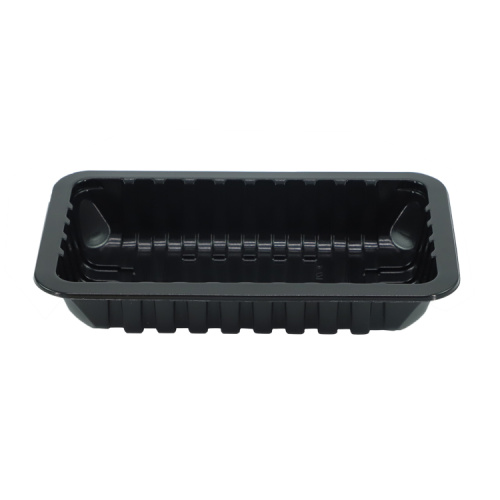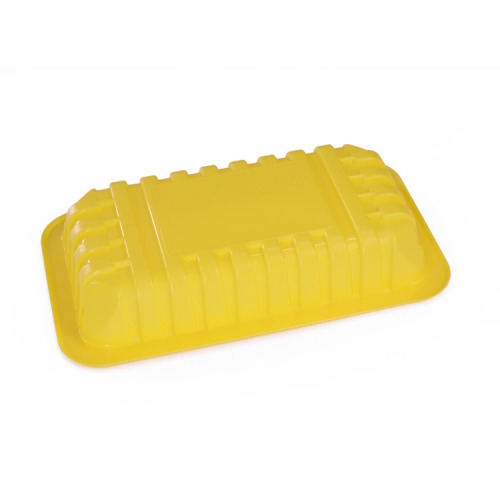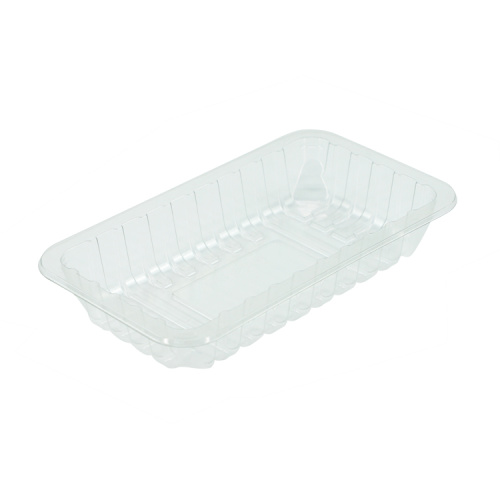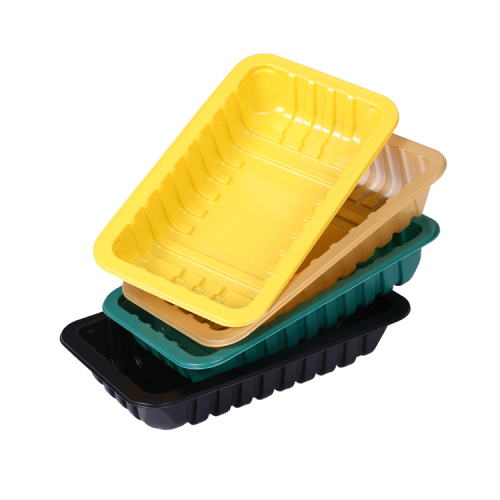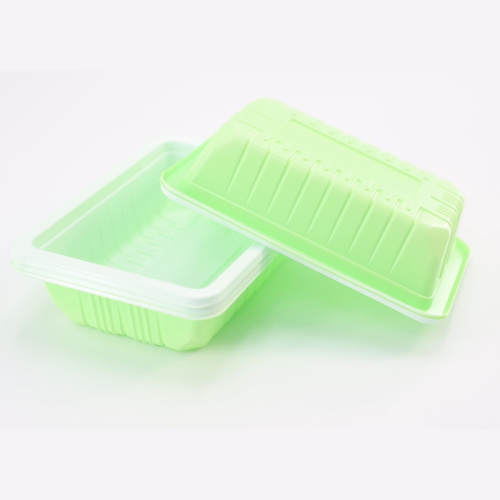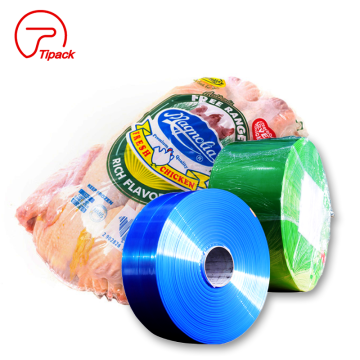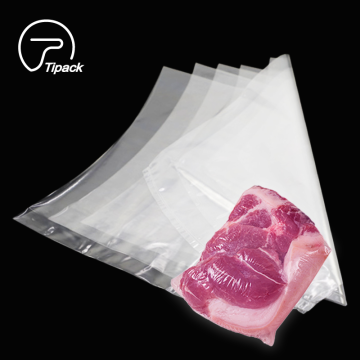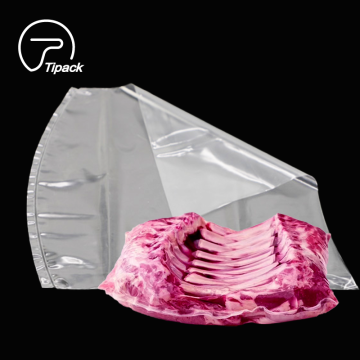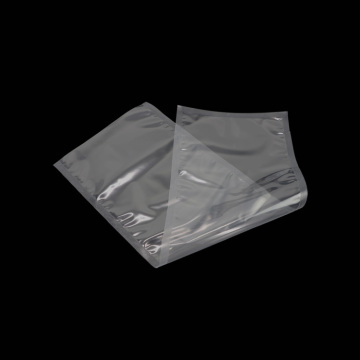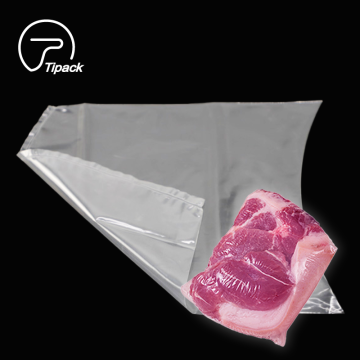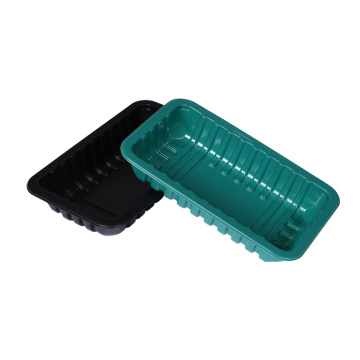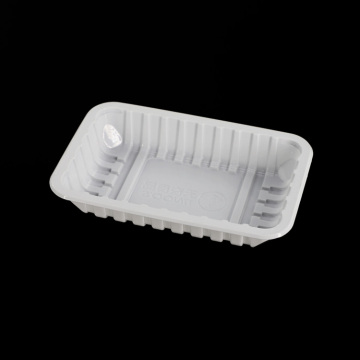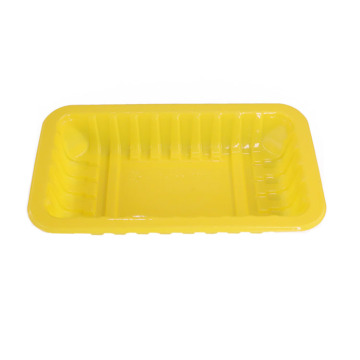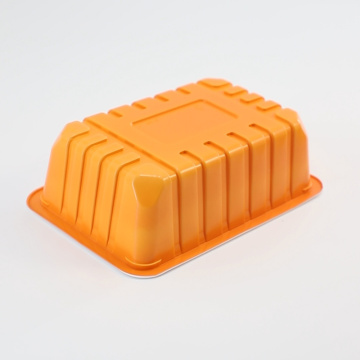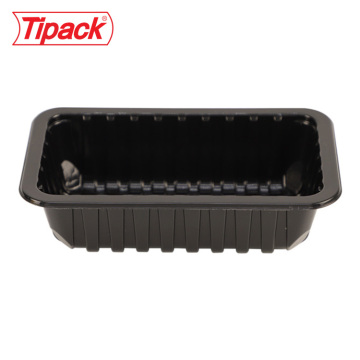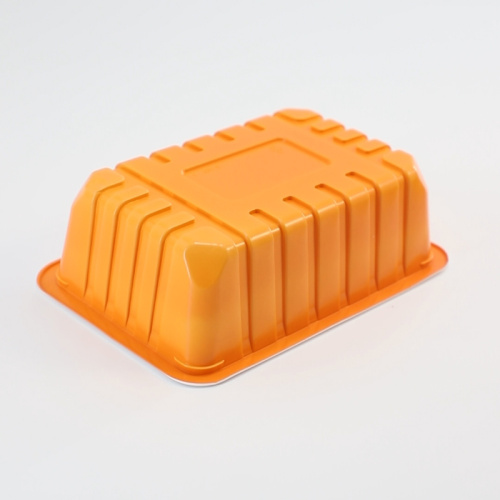
High Barrier Meat and Cheese PP MAP Tray
- Transportation:
- Ocean, Land, Air, Express
- Port:
- Shanghai, Ningbo, Yiwu
Your message must be between 20 to 2000 characters
Contact Now| Place of Origin: | China |
|---|---|
| Productivity: | 1,000,000pcs per month |
| Supply Ability: | 1,000,000 Pcs per month |
| Payment Type: | L/C,T/T,D/P,D/A,Paypal,Money Gram,Western Union |
| Incoterm: | DAF,Express Delivery,DDU,DDP,DEQ,CIP,CPT,FCA,FAS,EXW,CIF,CFR,FOB |
| Certificate: | ISO 9001:2015 |
| HS Code: | 3923100090 |
| Transportation: | Ocean,Land,Air,Express |
| Port: | Shanghai,Ningbo,Yiwu |
MAP Trays, Fresh Meat MAP Tray, and MAP PP Tray are types of packaging used in the food industry. MAP stands for Modified Atmosphere Packaging, which involves altering the composition of gases in a package to preserve the quality and extend the shelf life of the packaged product. MAP Trays are used for packaging a variety of food products, including fresh produce, meat, poultry, and seafood. They are typically made from materials such as polystyrene, PET, or PP and are designed to maintain the optimal atmosphere for the product being packaged. Fresh Meat MAP Tray is specifically designed for packaging fresh meat products, such as beef, pork, or poultry. These trays are made from high-quality materials, including PET, PP, and PVC, and are designed to maintain a specific level of oxygen, carbon dioxide, and moisture to extend the shelf life of the meat.
MAP PP Tray is a modified atmosphere packaging tray made from polypropylene (PP) material, which is a thermoplastic polymer that is durable, lightweight, and recyclable. This type of tray is commonly used for packaging fresh produce and processed food products, such as snacks, bakery items, and deli foods.
Overall, MAP packaging can provide several benefits, including extended shelf life, improved product quality, and reduced food waste.
CO2 is an important gas component in modified atmosphere packaging, and its prominent role is its efficient bacteriostatic effect. Since CO2 can penetrate the cells of bacteria, the PH in the cells decreases and the activity of the enzymes decreases, thus inhibiting the reproduction of the cells. And CO2 is low in toxicity and has little impact on the sensory quality of food, so it has antiseptic and anti-mildew effects on fish and seafood, fresh fruits and vegetables, baked snacks, etc. N2 is a colorless and odorless inert gas, which will not chemically react with food. The purpose of filling N2 is to act as a filling gas and maintain the color, aroma, taste, crispness and shape of the food. For baked goods with high fat, it can also alleviate the oxidation of fat. O2 is an important condition for the growth and reproduction of most organisms, and it is also the main inducement for the oxidative deterioration of oils. Generally speaking, O2 is not filled in modified atmosphere packaging, but for some foods, a certain content of O2 has a good effect on maintaining the properties of other aspects of the food. For example, fish and seafood foods often contain myoglobin, which is purple-red. The role of O2 is to combine with myoglobin to generate oxymyoglobin, making the meat bright red. However, a large amount of oxygen will also accelerate the fat oxidation and the reproduction of microorganisms in the meat. Therefore, it is recommended to fill the mixed gas of O2 and CO2 for the modified atmosphere packaging of this kind of food, so as to achieve dual effects with the help of the antibacterial effect of CO2. For another type of fresh fruit and vegetable food, the concentration of O2 should be reduced as much as possible during storage, so as to reduce the respiration intensity and matrix oxidation loss of the food, and delay the ripening, but the concentration of O2 is too low. Anoxic barriers, on the other hand, will cause the fermentation of anaerobic bacteria, such as botulinum. Since different fruits and vegetables have different O2 critical concentrations, when using modified atmosphere packaging, it is necessary to set the amount of filled O2 according to the type of fruits and vegetables.
Product Pictures
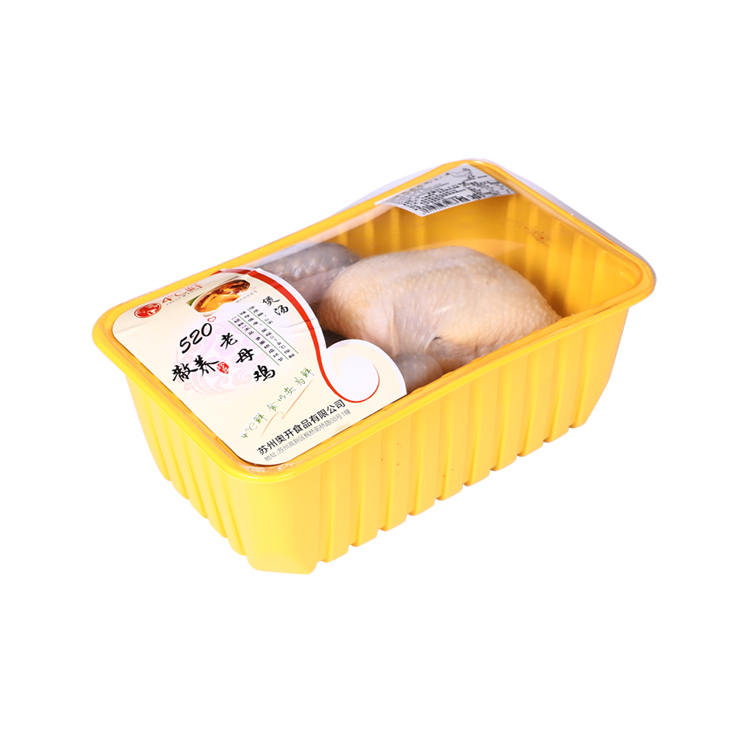
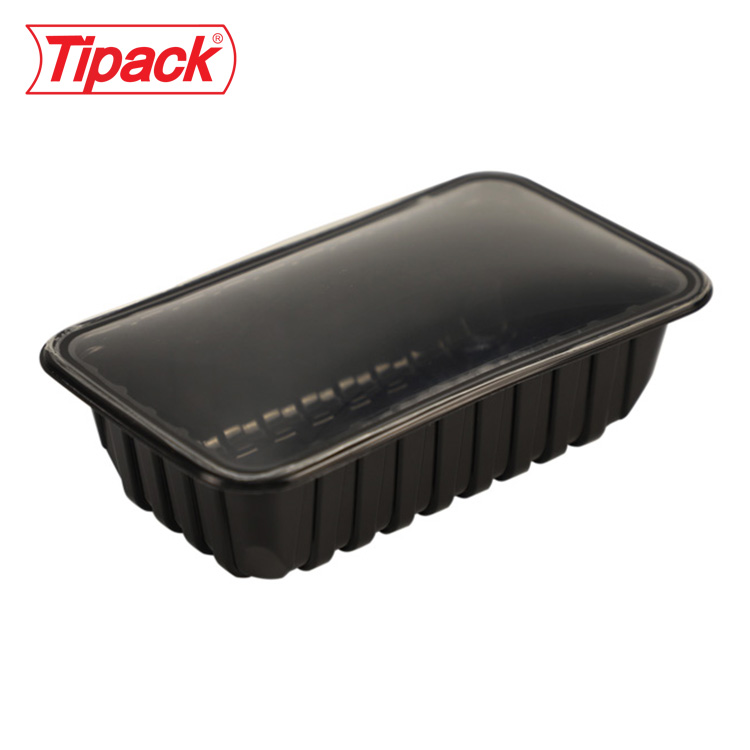
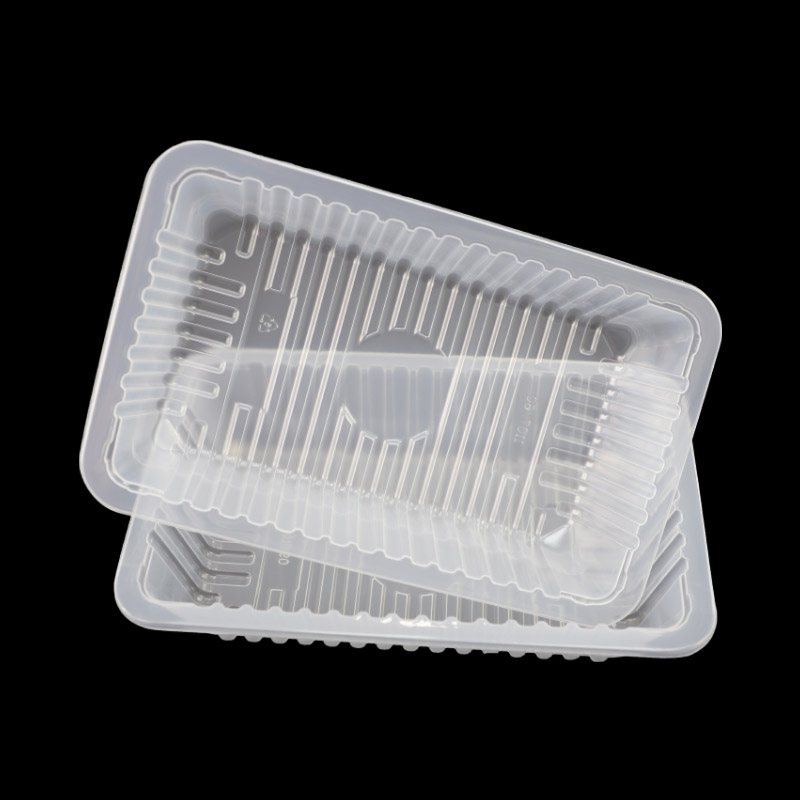
Factory Show
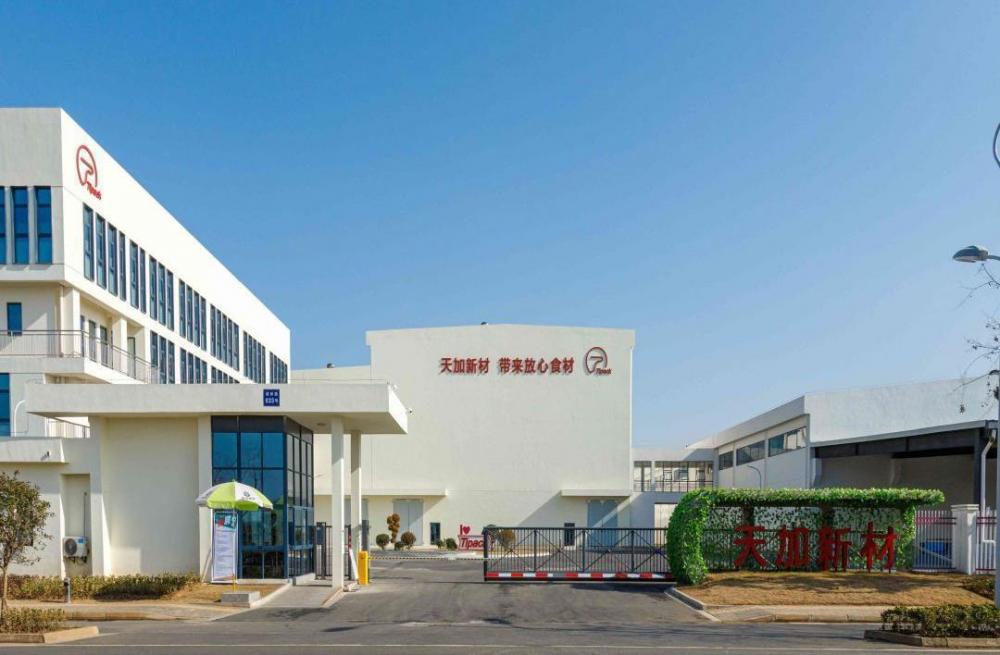
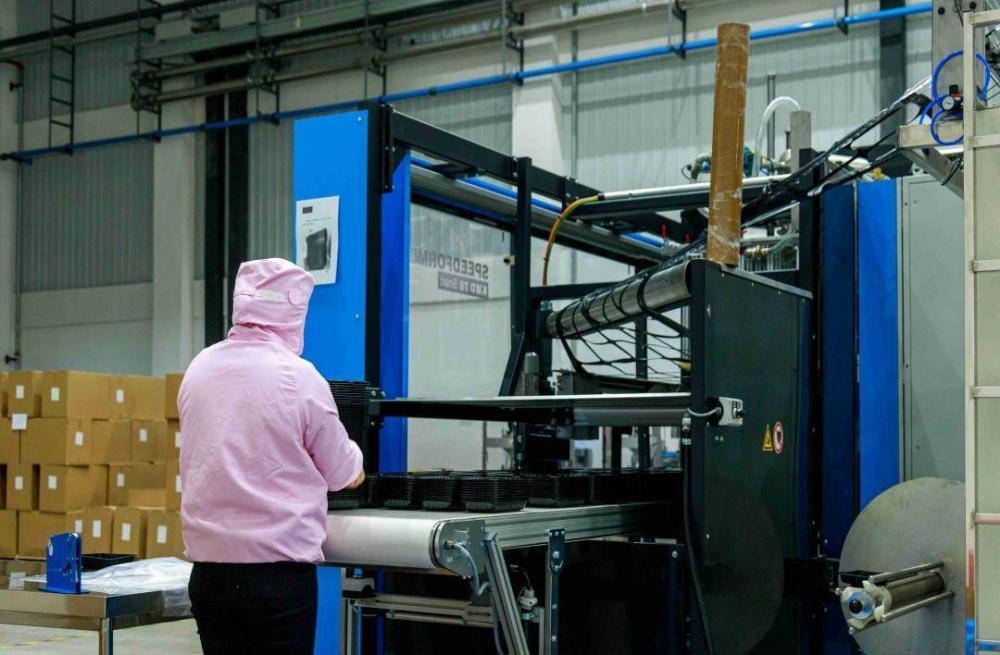
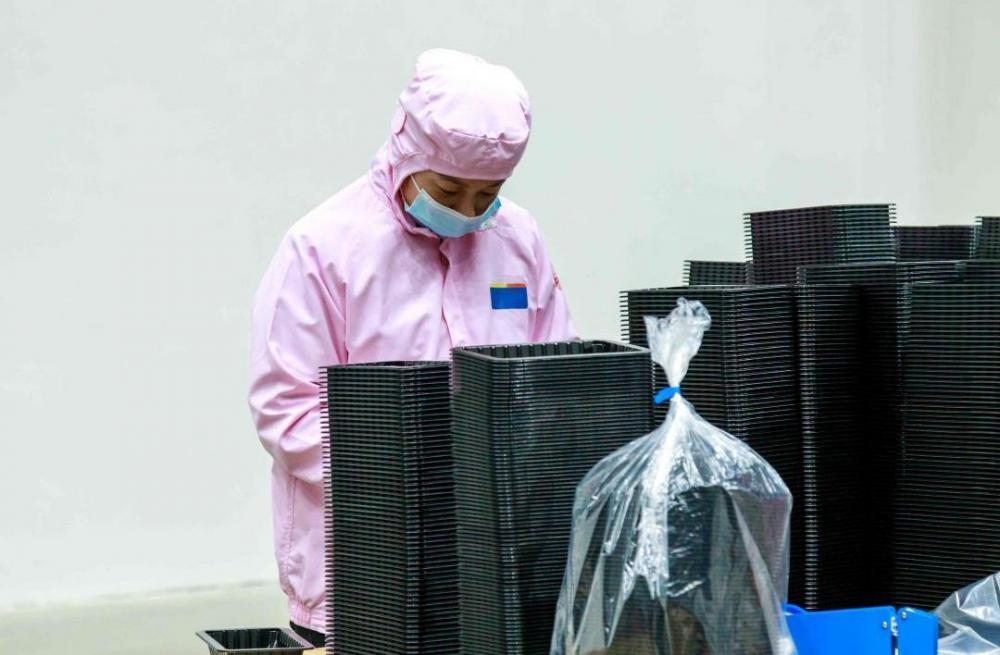
Related Keywords


